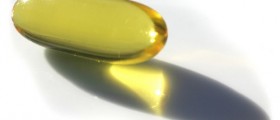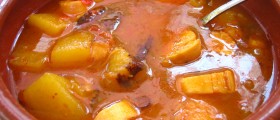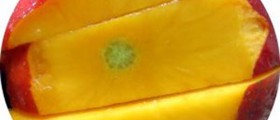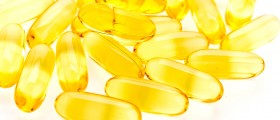Oil of Oregano as Natural Medicine
Oil of oregano is a versatile, effective natural medication. It comes in both liquid and capsule form, and while they are both effective, their effect depends on the type of use they are used for.
Liquid oregano has been used in the past to treat various conditions like joint pain, insect bites, sore muscles, and skin rashes by applying a drop or two on the affected area and massaging it. In this case, it is beneficial to refrain from wearing clothes on that area for a couple of minutes, so that the oil can be absorbed into the skin more easily.

The oil of oregano is quite fragrant, and excessive usage can lead to the smell spreading across large spaces.
- EOs have great importance for the pharmaceutical, food and cosmetic industries. Furthermore, there is evidence establishing that essential oils of oregano (EOO) might exert positive effects on human health.
- EOO are very complex mixtures of compounds, in which the major constituents are terpenes, generally mono- and sesquiterpenes. The principal terpenes identified in the different species of oregano are carvacrol, thymol, ?-terpinene and p-cymene; while terpinen-4-ol, linalool, ?-myrcene, trans-sabinene hydrate, and ?-caryophyllene are also present.
- The EOs from herbs and spices have been extensively studied due to their anti-pathogenic properties. Numerous in vitro and in vivo researches have been conducted to evaluate the potential antibacterial, antiviral and antifungal activities of EOs.
- EOO have been studied as anti-pathogenic agents in meat products and post-harvest fruits and vegetables. They have sometimes been used in combination with edible coatings such as the case when used in post-harvest fruits and vegetables.
- There is evidence that mentions that EOO has the ability to exert anti-inflammatory activity. For example, Leyva-López et al. demonstrated that terpenes, such as thymol and carvacrol acetate, obtained from the three Mexican oregano species, L. graveolens, L. palmeri and H. patens reduced significantly the levels of ROS and NO produced by RAW 264.7 macrophage cells stimulated with lipopolysaccharide (LPS).
- Much evidence has shown that EOO had an antitumor effect. EOO has shown antitumor activity both in vivo and in vitro assays. An in vivo study reported that low doses of EOO in a three-month period exerted preventive action by decreasing the size of tumors by 1.5 times in diseased animals. It was suggested that the EOO could possible affect the development and progression of the tumor process via the activation of regulator cell molecules.
Oil of Oregano by Mouth or in Capsule Form?
When consuming oil of oregano by mouth, it is suggested that no more than 4 to 6 drops be taken by mouth in one go. This is 100% pure Oil of oregano, diluted by a carrier oil like olive oil, blended with 1 part oregano to 3 parts olive oil. In case the ratio is not listed on the label, checking online is the sure method to avoid side effects such as an upset stomach.
Oil of oregano can be used for treating infection-type conditions, such as colds and the flu. The oil should be taken 3 - 6 times per day, with regard to the severity of the infection, but a slight increase (up to 10) is allowed in case of a serious infection. 1 to 4 drops can be taken daily for prevention and should be held under the tongue for a couple of minutes, followed by drinking a glass of water.
When using oil of oregano on children, the dosage and application are based on their age. If the child is 5 to 10 years old, it is recommended to use 1 drop, 1 to 3 times per day. Children that are aged 10 or more can consume 3 drops per day. It is never recommended to go over 7 to 10 days of use when concerning children. The oil can be mixed with juice or milk to make administration much easier.
In case the child is 6 months to 5 years old, the oil must be diluted, 1 part oil of oregano and 4 parts olive oil, and then applied to the soles of the feet and the spine. If the child is over 5, no dilution is necessary. Adding a couple of drops to a warm bath is also recommended.
Liquid oil of oregano can leave a tingling sensation similar to that of spicy food, when consumed by mouth, and is therefore not recommended for people who are sensitive to spicy foods. Milk or bread can be administered to increase saliva production and alleviate the spiciness.
If consuming oil of oregano in capsule form, the maximum dosage recommended is 600 mg per day. There is no standardized effective dosage, so when taking larger amounts care is advised.

















Your thoughts on this
Loading...